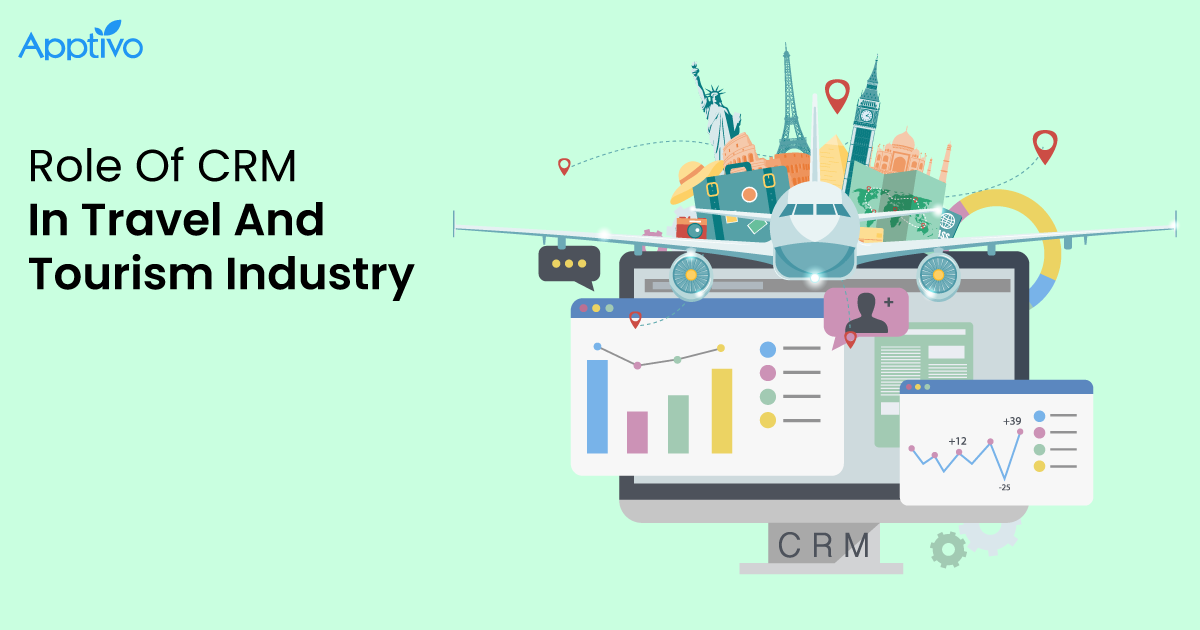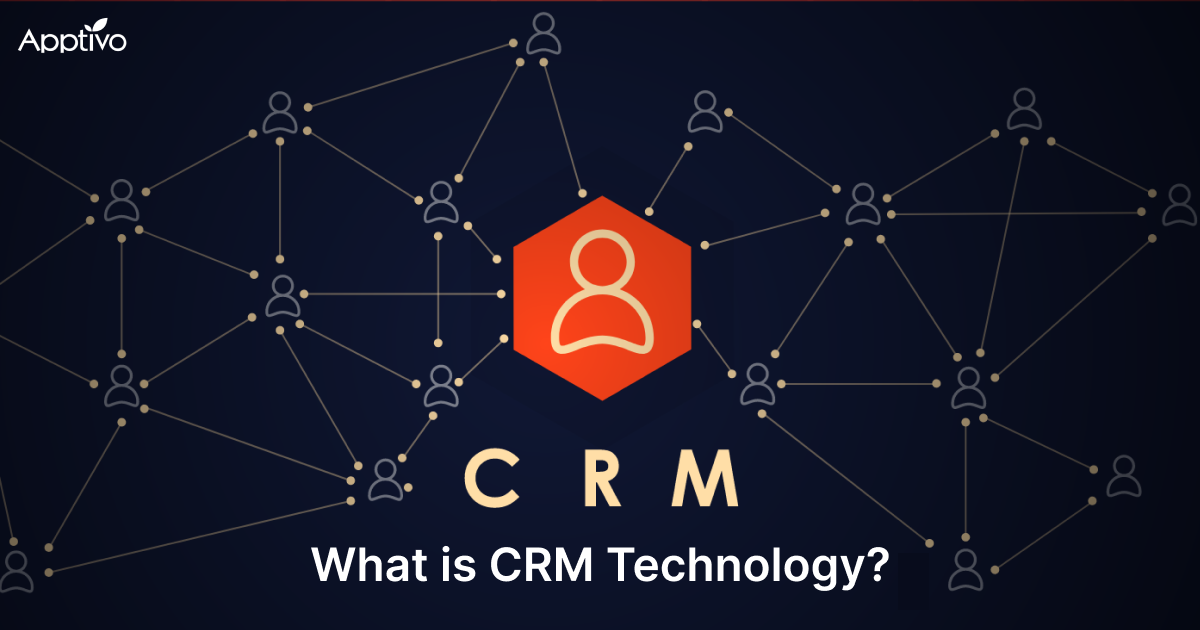 |
Introduction
Who is a buyer and who is a customer? And, when and how does a buyer become a customer? The difference is, with the first sale, the business has got a buyer, and when the business makes the buyer come back and buy more, they have got themselves a customer. A customer is one who has made it his/her custom to buy at the business.
Lifecycle marketing is the holistic approach of getting new buyers and converting them to be customers. Marketing is as much an art as it is a science! A master marketer understands the nuances of customer behavior and establishes an emotional connection with them, therefore it is an art. A master marketer builds and drives a strategy to attract and retain customers in the long run, therefore it is a science.
“Watch the product lifecycle, but more important watch the market lifecycle.” – Philip Kotler
What is Lifecycle marketing?
Lifecycle marketing, just like the name, is the cyclical process that encompasses all the activities that individually addresses the customer at every touchpoint of the customer’s journey. Lifecycle marketing is as much about retention, as it is about acquisition, incorporating a 360° approach. With a well planned and executed lifecycle marketing strategy, successful brands have made their customers become their brand advocates. In other words, the goal of lifecycle marketing is to create brand loyalty.
Why is lifecycle marketing crucial to scale any business?
The attraction of a small business is their ability to give personal attention to every customer. However, as businesses grow, their ability to service every customer with the same level of care becomes a challenge. To help at the stage of the business where they transition to a professional approach with focused activities addressing every stage of the life cycle that is built on the goal to anticipate and satisfy every customer need is essential.
- Helps acquire and retain customers
- Increases CLV (Customer Lifetime Value) and assures consistent flow of revenue.
- Optimizes customer engagement across multiple touchpoints
- Impacts revenue, brand equity, brand positioning and overall value proposition.
- Builds an environment for sustainable growth.
Stages of lifecycle marketing
Loyal customers are not born but created. They are created by guiding them across a journey through the various stages to becoming a Brand advocate. The stages are not very distinct, and are often blurred. However, businesses can have specific strategies to advance the customer to the next stage to becoming a loyal customer.
 |
1.Attract
Activities that are focused on getting prospects to notice the brand, its business proposition, and its value offerings are typical strategies to attract potential customers. Attracting usually targets and revolves around creating brand awareness through every channel of communication. The goal is to attract as many leads as possible.
Strategies:
1.Awareness campaigns are designed for passive consumption by a target audience and may even be at times intrusive.
2.Traditionally, mass media is considered the best bet for creating brand awareness as it is most cost effective in terms of the number of potential customers reached – especially in B2C markets. However, in B2B marketing, finding specialized channels may be more fruitful, where the strategy should be to generate as many actionable leads as possible.
3.The focus of Awareness campaigns is to position the product or service and to create top of the mind recall in the potential customer.
4.The goal is to ensure that the prospect is aware of the brand as it lowers the barriers when the actual sales call / sales interaction is made.
5.Automated prospecting might also be effective in B2B marketing, using CRM tools, by creating drip campaigns and generating interest in the potential customer.
6.Creating campaigns across all channels and media with recognizable elements and consistent message thereby creating a mental image about the brand in the consumer’s mind.
2.Engage
Whenever and however a prospect decides to proactively interact with the brand, marketers need to be prepared to engage and utilize the opportunity to sample or experience the product or service in some way. Look at the way Perfume companies market themselves at Malls giving free samples and creating opportunities to experience the product. Look at the myriad software companies that give you free trial period to test and experience the product. Every such opportunity must be taken with gusto to engage the prospect. Engagement strategies may vary across products, services, channels, and opportunities.
From a marketing funnel perspective, customers are considering the product or service, and are seeking more details either from first-hand experience, or testimonials, or validations from industry rankings/ratings agencies, or awards/recognitions received, success stories, published case studies etc. The customer might also seek to contact helplines, seek FAQs to know and understand the product or service. Providing this information handily enables the prospect to engage with the brand without any friction.
One of the greatest tools for providing this information is through the company / product website that can readily answer any query of the customer and provide the information at the click of a button.
Strategies:
1.Engagement campaigns are meant to initiate interaction by the customer.
2.Engagement campaign strategies can broadly be classified as inbound and outbound and separate strategies to handle all incoming queries and to follow-up with outbound communications.
3.Providing clear product / service offerings with specifications, applications, terms and conditions, guarantee, warranty.
4.Publishing of Blogs, Podcasts, Case Studies, User Manual Videos, Testimonial Videos, conducting free webinars helps establish expertise and thought leadership.
5.Roadshows, participation in trade shows, door-to-door activities, providing free-samples, have helped traditional marketers for ages.
6.Personalized demos addressing specific queries of the prospect.
7.In digital marketing parlance, the goal of engagement campaigns is to make it easy for the consumer to first find the brand online, and once the prospect is in your digital space (across platforms), to get contact details that will enable sales to take over.
3.Convert
Now it’s time for the prospect to be converted into a customer. Conversion is usually a sales process where a salesperson interacts to convince the prospect to buy. From a marketer’s perspective, conversion strategies are generally designed to highlight the unique selling proposition and showcase the value proposition of the product or service.
Conversion decisions are a combination of evaluation of both rational and emotional benefits. It is therefore important for marketers to convey both aspects of the purchase decision by appealing to the rational mind by appropriate pricing, features, comparative benefits, product differentiation, uniqueness, and post-sales support strategies while also appealing to the emotional mind by providing social validation, and emotional and empathetic appeal to the product or service.
Strategies:
1.Every marketing campaign should have a clear Call-to-Action to enable the prospect to know what steps to take next.
2.One of the most powerful tools in the conversion armory is the use of FOMO (Fear of missing out) in the prospect, by providing special discounts, limited time offers, exclusivity etc.,
4.Retain
The best opportunities for sales and revenue are existing customers, and salespersons over the ages have relied on existing customers to meet target numbers. While retention is primarily driven by the quality of the product or service, marketing too can play a role to enhance the customer experience thereby leading to repeated purchases by the customer. Providing empathetic support by promptly answering queries, conducting workshops to increase the knowledge and utility of the product or service, listening to customers on product or service improvement and fixing any lacunae, and probably the most important to provide personalization go a long way in retaining the customer.
Strategies:
1.Providing easy to access support functions to customers such as live chat, messaging, FAQ pages, troubleshooting forums and case studies.
2.Well documented user manuals and troubleshooting guide
3.Communications about the recent updates, milestones, achievements, awards
4.Opportunities to upgrade their current purchase.
5.Giving loyalty bonuses
6.Customer satisfaction surveys
7.Social listening to understand customer sentiments
5.Referral & Loyalty
A satisfied customer is your best Brand Ambassador. Referral programs take advantage of the ability of customers to advocate and influence friends and family. The two key strategies are to reward customers for referral, and at the same time and encourage customers to be loyal by providing perks and other incentives through loyalty programs.
Strategies:
1.Referral programs with appropriate rewards.
2.Loyalty Programs to incentivize regular purchase.
3.Encourage social competitiveness by gamification of Product Experience.
The lifecycle marketing is a complete journey of marketing that the company has to carefully plan and come up with a thoughtful procedure which will help achieve the marketing objectives and goals with desired results.
The benefits of lifecycle marketing
Lifecycle marketing brings in ample benefits for any business whose goal is to grow their business. It is an essential strategy for any business as it affects the customers positively across all the stages of the life cycle. The major principles of effective marketing is to incentivize new customers, boost the sales numbers and retain more loyal customers.
 |
Lifecycle marketing helps save a lot of dollars for the business when it comes to each stage of the marketing cycle. As per studies, retaining the existing customer base usually costs less than acquiring new ones. Businesses can better utilize marketing budgets to increase the effectiveness of campaigns while acquiring new customers.
Document the customer Interactions with CRM
Today organizations use multiple channels and different touchpoints to engage with their customers. And it is very important to track those interactions. The organizations can find it productive while tracking all the lifecycle marketing activities, campaigns and customer touchpoints via a CRM solution. The businesses can create automated marketing campaigns using a CRM solution that drives deeper engagement. CRM has important metrics that provide insights on the campaigns that help understand the engagement level, possibility of purchase and retention rates.
Conclusion
Lifecycle marketing is an ongoing process. The target audience start their journey as leads and end up as paying customers. The needs and experience changes with every stage. The job of a marketer is to address those needs in a pleasing manner. Every campaign is an opportunity for the businesses to attract, engage and retain customers, build trust, increase lifetime value and make them brand advocates.
Latest Blogs

Role Of CRM In Travel And Tourism Industry
Travel and tourism have been a significant part of everyone’s life since the ancient period. When we skim through the pages of history, It should be noted that humans were initially nomads before they became settled in one place. They...
Read more →
WHAT IS CRM TECHNOLOGY?
Introduction CRM is a technology that helps manage the entire customer information and interactions in order to build and maintain superior customer relationships. The CRM solution replaces spreadsheets and other different applications, which makes it easy for the businesses to...
Read more →
Everything you need to know about the Annual Maintenance Contract!
1. What is an Annual Maintenance Contract? 2. Benefits of Maintenance Contracts 3. How can Apptivo CRM help you manage maintenance agreements and vendors? 4. Summary Think about getting the confidence that the machinery is well-maintained and performing optimally, without...
Read more →
